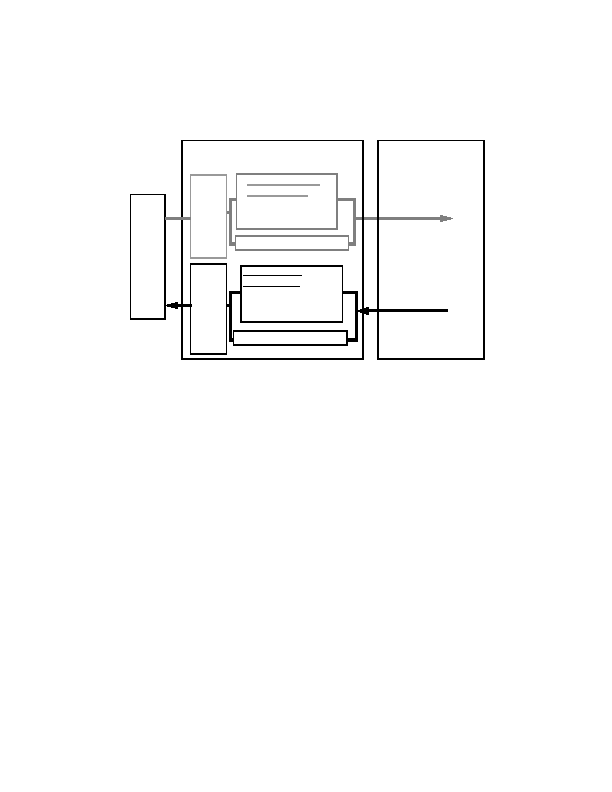
Chapter 3 Service Endpoint Design
99
Service Interaction Layer
Service Processing Layer
Web Service Endpoint
XML Document
Preprocessing
eter
Validation
Transformation
aram
Deassembling
rocessingP
Java type input parameter
Web
equest PR
Service
Clients
r
XML Document
ete
Postprocessing
m
Transformation
ra
ng
Caching
ssi
Assembling
se Pa
roce
spon
P
Java type output parameter
Re
Figure 3.9
Web Service Response Processing
However, it is not good design to have a different implementation of the ser
vice's logic for each client type. Rather, it is better to design a common business
logic for all client types. Then, in the interaction layer, transform the results per
client type for rendering. It is thus important to consider the above guidelines,
especially when your service has a common processing logic but potentially has
different response rendering needs to fit its varied client types.
3.5
Processing Layer Design
The processing layer is where the business logic is applied to a Web service request.
Recall that Web service is an interoperable way to expose new or existing applica
tions. Hence, regardless of the means you use to expose your application's function
ality, the business logic design issues are the same. You must still design the
business logic by considering such issues as using enterprise beans, exposing a local
or a remote EJB interface model, using container managed or bean managed persis
tence, and so forth.
footer
Our web partners:
Inexpensive
Web Hosting
Java Web Hosting
personal webspace
webspace php
linux webhost
html web templates
DreamweaverQuality Web Templates
PSD Web Templates
cheap webhost
j2ee web Hosting
buy webspace
ftp webspace
adult webspace
frontpage WebHosting
webspace hosting
cheap webhost
Visionwebhosting.net Business web hosting division of Vision Web Hosting Inc.. All rights reserved
webhosting

